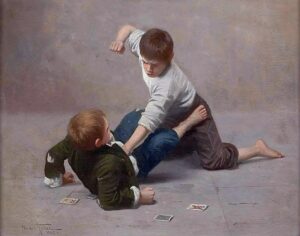
What is narrative conflict?
Narrative conflict is a fundamental element of storytelling that involves a struggle between opposing forces, driving the plot, creating tension, and developing characters.
But is there enough conflict in your story? How many/how difficult are the challenges your main character faces? Is the ride from beginning to end too easy? Have you made their situation bad, then worse (i.e. the stability of their inner and/or outer world is under escalating threat)? Is it personal?
Remember, stories often begin with the status quo (the character’s ‘normal’ world), then an inciting incident happens, conflict peppers the narrative, building towards a climax, and the ending demonstrates that the character and their world have been fundamentally changed in some way (there is a ‘new normal’). Without conflict, there can be no character arc. It drives the stakes, forces choices, leads to consequences. And ultimately, a resolution. No conflict equals no story.
Conflict creates suspense and compels the reader to keep turning the pages to find out how the character will resolve the situation. There’s often an over-arching conflict, with a chain of smaller conflicts along the way. It’s important to note, however, that there are different types of conflict, and that they are intertwined (e.g. external without internal is less impactful than a combination of the two):
- External/Physical Conflict
This can be between the protagonist and another character, often called the antagonist, but it can also be against an antagonistic force, e.g. a harsh or hostile environment such as in The Martian; war and the absurdity of military regulation as in Catch-22; society/government, as in The Handmaid’s Tale; even technology, as in The Terminator. Heavily plot-driven fiction will likely have more external than inner conflict, e.g. thrillers.
- Internal Conflict
This can be emotional, moral, intellectual, spiritual, psychological, visceral etc. For example, struggling with a sense of guilt (Crime and Punishment; Atonement). It can even be that the protagonist is in conflict with themselves (e.g. when they are torn between two contradictory desires). Character-driven or literary fiction will likely have more internal conflict than external.
- The Reader’s Conflict
This is often over-looked, but making the reader feel conflicted about characters, their decisions, and the outcomes etc can be a very powerful driver of engagement. If the reader has an emotional, moral, intellectual, visceral (etc!) response to what’s happening on the page, this is a sign that you’ve immersed them on a level beyond the superficial. Take the character of Hannibal Lecter – do we love to hate him, or hate to love him? We’re certainly compelled by him and may even root for him, despite being viscerally repulsed and morally horrified by his dark nature and unthinkable actions.
Intertwining Different Types of Conflict
Can we ever face external conflict without it impacting us internally? What about the reverse? A story may not have an equal balance of the two (as mentioned, some genres have more of one than the other), but there should be some evidence of one affecting the other. For example, inner conflict affecting a character’s actions, which in turn affects the world around them; external conflict affecting how a character feels.
In The Hunger Games, Katniss may not want to volunteer during the reaping, but she chooses to in order to protect her sister. Her choice leads to the eventual overthrow of the Capitol. Throughout the narrative, she struggles with both internal and external conflict, overcoming a series of obstacles to resolve both scene and novel-length dilemmas, and ultimately become the person she is by the end of the novel. Inner conflicts: who can she trust? Who does she love? Is she willing to kill in order to survive? And of course, reluctant-heroine syndrome – does she really want to be the symbol of the rebellion? Outer conflicts: the other competitors, the harsh environment, the President and his forces. Her need to survive, to return home and protect her sister, drives her determination to win the games. The injustice of the world fuels her anger, driving her to fight back against the status quo.
Final Thoughts
What is the central conflict of your novel? What is the balance of external vs. internal conflict throughout the narrative?
Do you think the reader will feel conflicted at any point in the story? When? How?
Can you think of any other good examples of conflicts in well-known novels? How are the different types of conflict intertwined?
Structuring Scenes
How to craft scenes with purpose
I watched another excellent webinar recently. The content was helpful as both a planning tool and as an editing tool. Scene structure mimics story structure, but on a…
On The Honest Authors’ podcast, Gillian McAllister once mentioned that she was asked, “Do you really think that?” about something controversial she’d written in one of her novels….
Bear With Me! Okay, this is probably a weird analogy but this is how my (bird-brained!) mind works. So, in terms of the title question, I’ve thought long…
If you want to be traditionally published, the chances are that you’ll need a literary agent. Their job is to sell your book to a publishing house and…
What Do We Mean by ‘Pace’ And Why Is It Important? We often hear that books are fast-paced, slow burn or ‘saggy in the middle’. In a nutshell,…

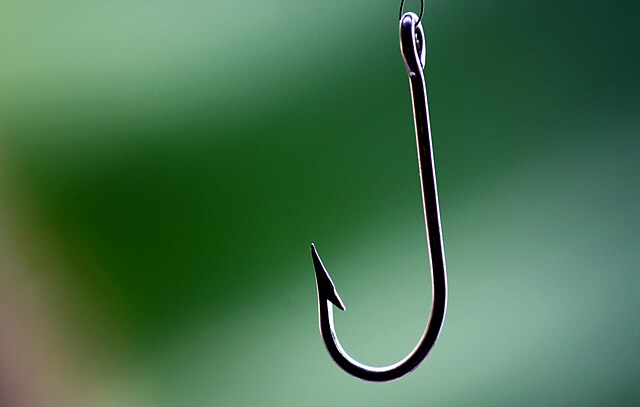
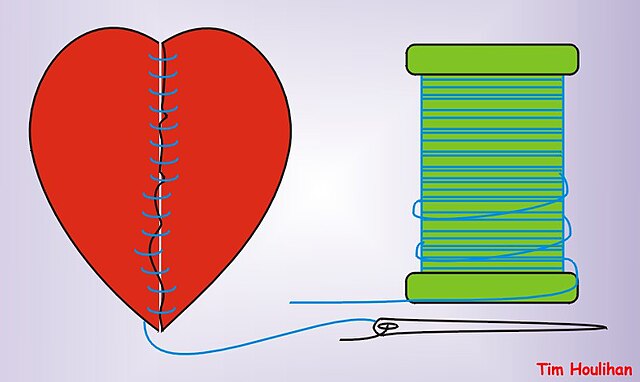
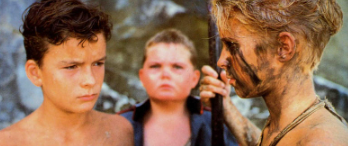
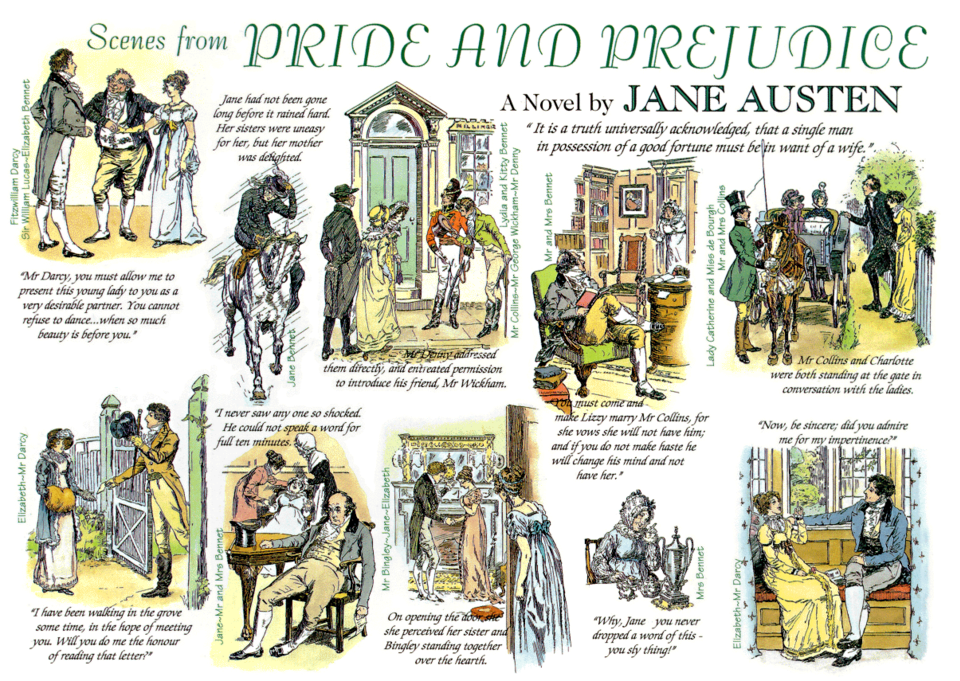
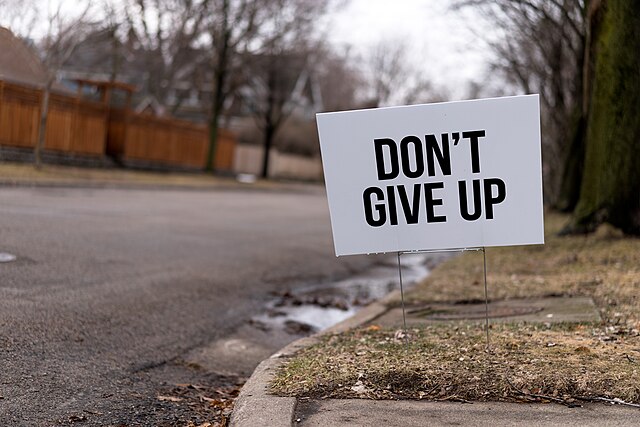
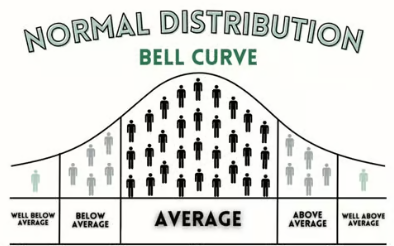
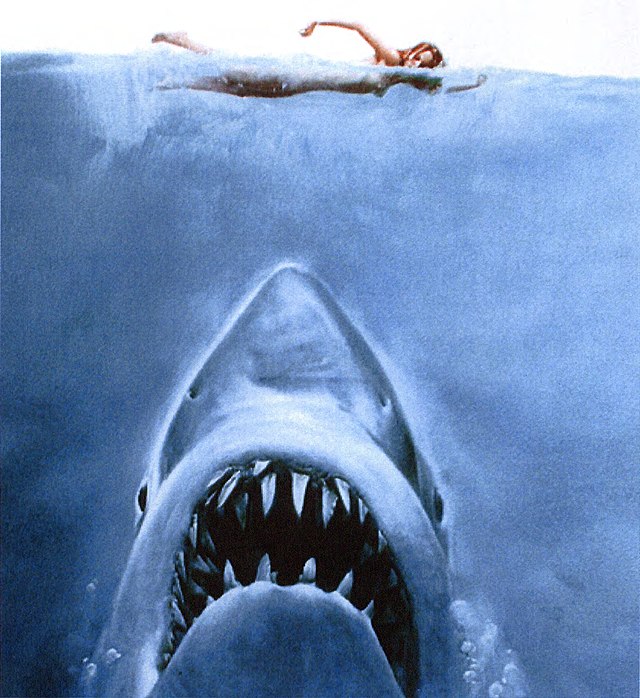
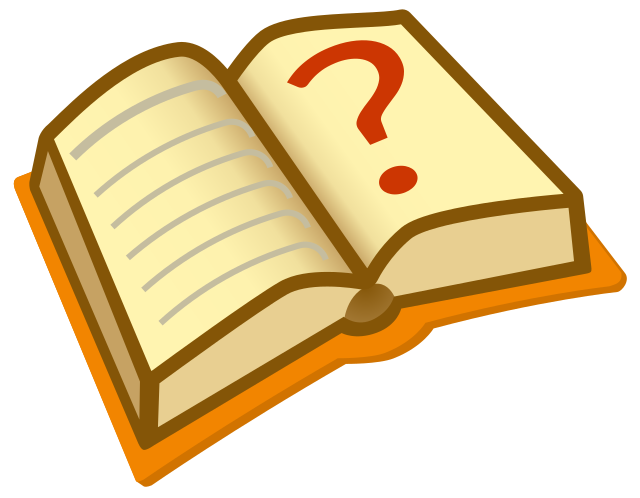
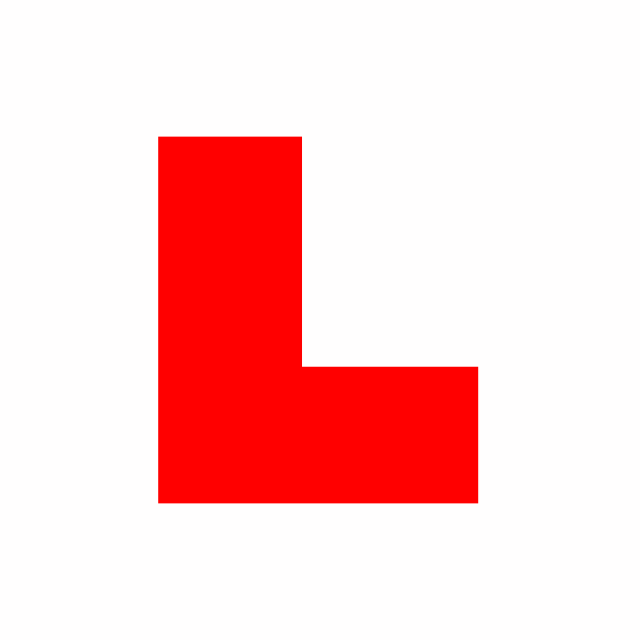
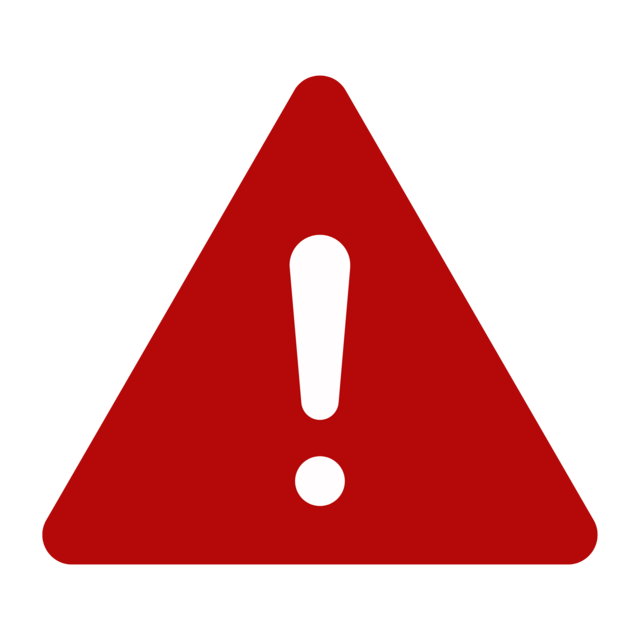



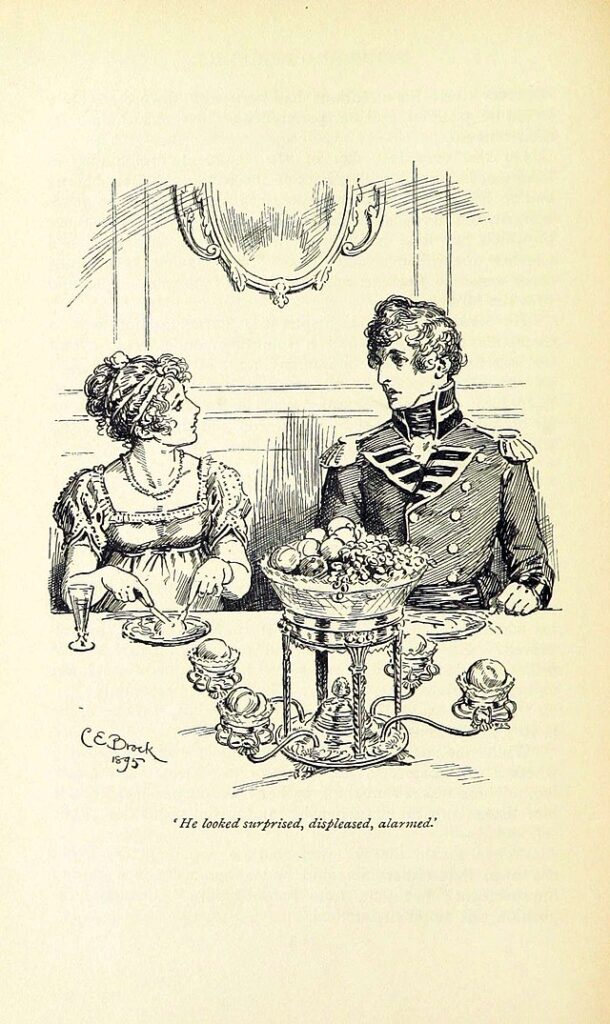
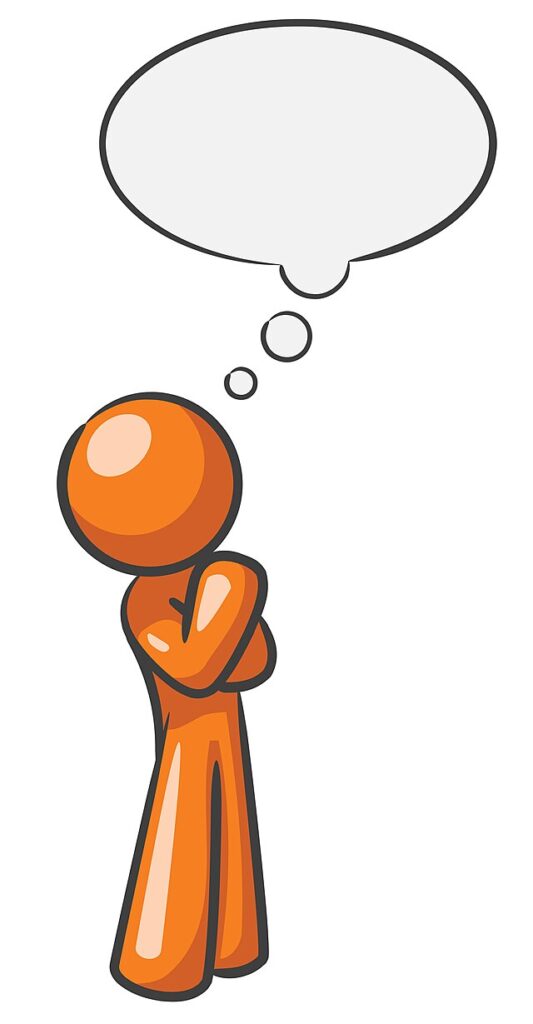
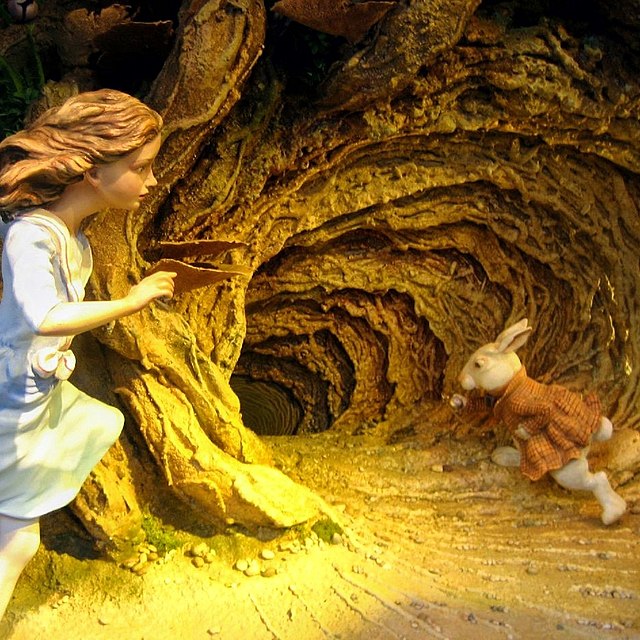
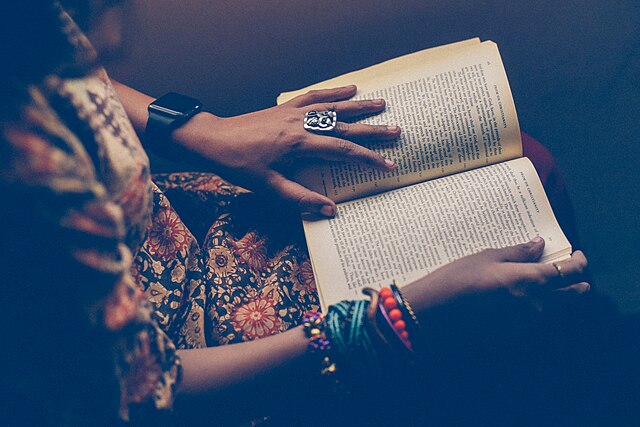
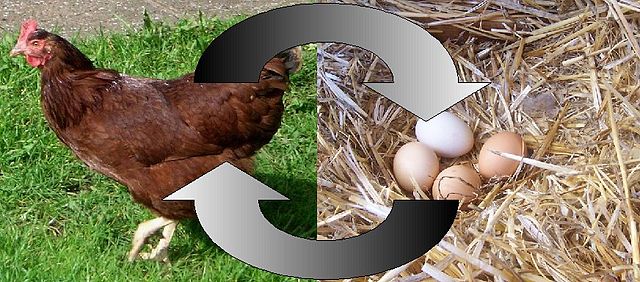
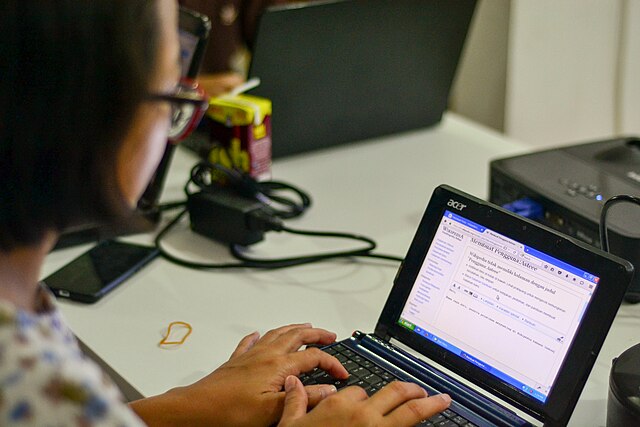
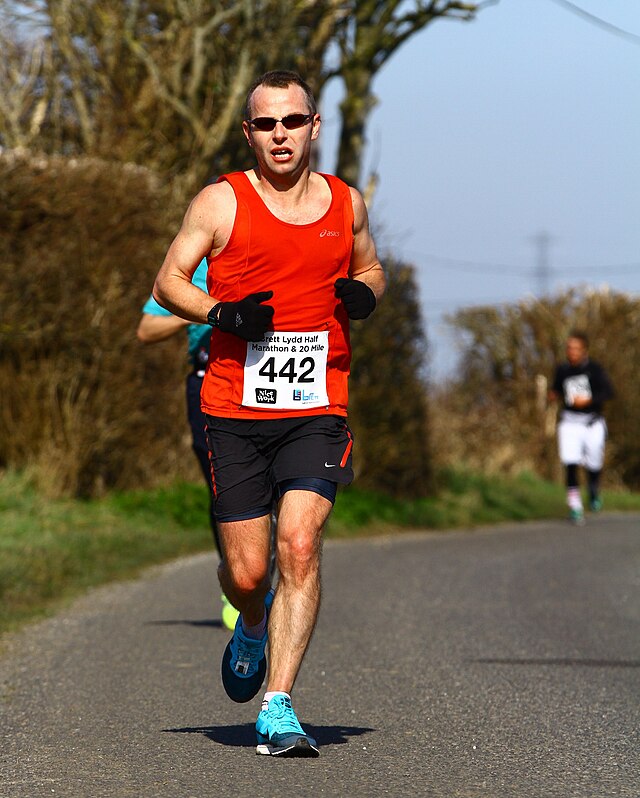
Some great points to consider. Thank you.